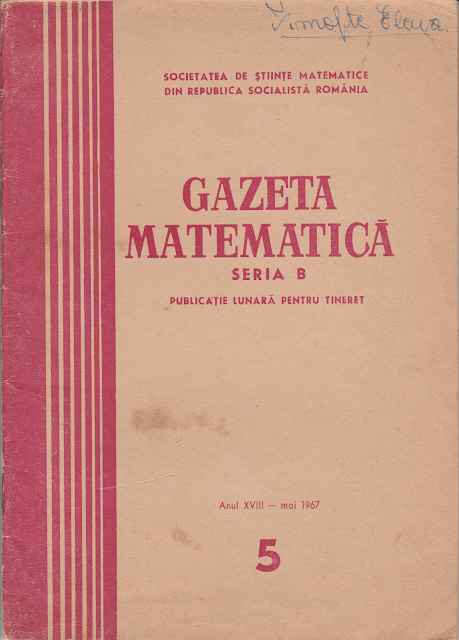Starting with a post on Facebook:
https://www.facebook.com/groups/646056952197053/permalink/2475000499302680/
In translation (thanks to Miss Google):
"Given the square $ABCD$ and a point $E$ on the side $(BC)$. $AF$ is the bisector of the angle $\angle DAE,\;\;F \in (DC)$. Prove that $AE=DF+BE$."
Solution CiP
Let's rotate clockwise the square around the point $A$ by $90^\circ$ degree.
Point $D$ turns into $D'=B$. Point $C$ turns into $C'$ on the extension of the half-line $[CB$ and point $F$ will be in the new position $F' \in (D'C')=(BC')$ so that $BF'=DF$.
If we denote the measure of the angle $\angle BAE=2x^\circ$, then
$\angle EAF=\angle FAD=45^\circ-x^\circ$.
Then $\angle AFD=45^\circ+x^\circ$ and so $\angle AF'D'=\angle AF'E=45^\circ+x^\circ$.
This rotation allows us to say again $\angle D'AF'=\angle BAF'=\angle DAF=45^\circ-x^\circ$ and then it's easy to see that
$\angle F'AE=\angle F'AB+\angle BAE=(45^\circ-x^\circ)+2x^\circ=45^\circ+x^\circ$.
We obtained that the triangle $\Delta AEF'$ has equal angles $\angle AF'E$ and $\angle EAF'$, so it is an isosceles triangle with $EA=EF'$.
Now it turns out immediately
$AE=EF'=EB+BF'=EB+D'F'=EB+DF.$
$\blacksquare$
*******
A very interesting solution that uses relations between the areas of some triangles can be found here
https://www.facebook.com/photo.php?fbid=7507678955923909&set=p.7507678955923909&type=3
***************
Related to this problem we mention Problems #1334, #1363, #1366 from http://www.gogeometry.com/index.html


















